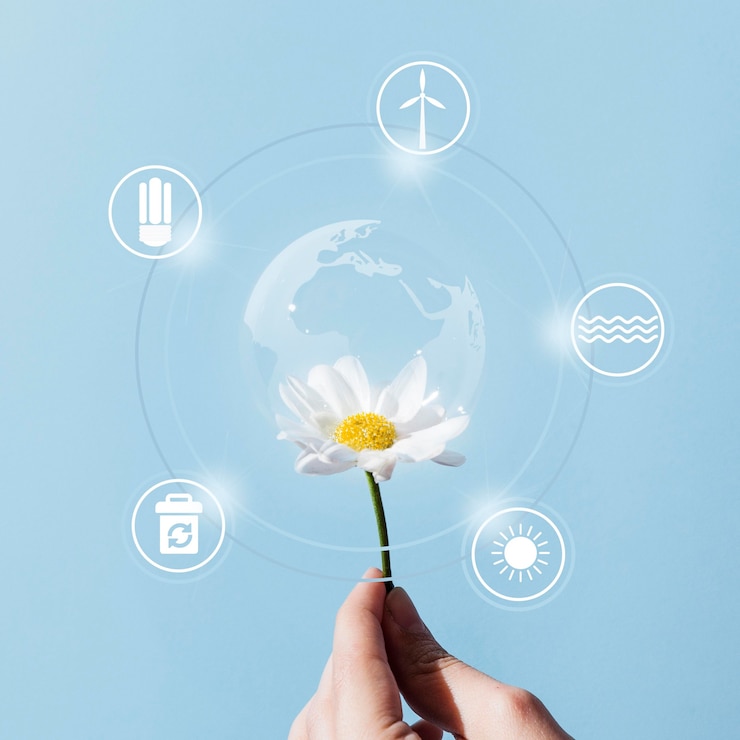Free Shipping Over $95

10 Tips to Save Water and Energy in Your Home
Saving water and energy in your home not only helps reduce your environmental impact but also saves you money on utility bills. Taking simple steps to save water and energy promoting energy efficiency can make a significant difference in your household’s sustainability. In this article, we will provide you with ten practical tips to save water and energy in your home. From fixing leaks to using energy-efficient appliances, these tips are easy to implement and can contribute to a greener and more cost-effective lifestyle.

- Fix Leaks Promptly: LLeaky faucets, toilets, and pipes can waste a significant amount of water over time. Regularly check for leaks and address them promptly. A dripping faucet can waste hundreds of gallons of water per year, so fixing leaks is an important step in water conservation.
- Install Low-Flow Fixtures: Replace standard showerheads and faucets with low-flow alternatives. These fixtures reduce water flow while maintaining sufficient pressure, resulting in substantial water savings. By installing low-flow fixtures throughout your home, you can conserve water without sacrificing your daily comfort.
- Optimize Toilet Efficiency: Toilets are one of the largest water consumers in a household. Consider installing dual-flush toilets, which provide different flushing options for solid and liquid waste. If a dual-flush toilet is not an option, place a water displacement device, such as a brick or a toilet dam, in the tank to reduce the water used per flush.

- Practice Efficient Dishwashing: When using a dishwasher, make sure it is fully loaded before running a cycle. Running the dishwasher with a full load maximizes its efficiency and reduces water and energy consumption. If handwashing dishes, fill a basin with soapy water instead of continuously running the tap.
- Upgrade to Energy-Efficient Appliances: When it’s time to replace old appliances, opt for energy-efficient models. Look for the ENERGY STAR label, which indicates that the appliance meets strict energy efficiency standards. Energy-efficient appliances not only save water and energy but also lower your utility bills in the long run.
- Use Natural Lighting: Make the most of natural light during the day by opening curtains and blinds. This helps reduce the need for artificial lighting and saves energy. Additionally, consider using energy-efficient light bulbs, such as LED or CFL bulbs, which consume less energy and have a longer lifespan.

- Install programmable thermostats: Programmable thermostats allow you to control the temperature in your home more efficiently. You can program them to turn down the heat or air conditioning when you are not home, saving energy without sacrificing comfort.
- Unplug Electronics: Many electronic devices continue to consume energy even when they are turned off. Unplug devices such as televisions, computers, and chargers when they are not in use. Alternatively, use power strips with built-in switches to easily turn off multiple devices at once.
- Insulate Your Home: Proper insulation helps maintain a comfortable indoor temperature while minimizing the need for heating or cooling. Insulate your walls, attic, and any accessible crawl spaces to prevent heat transfer. This not only saves energy but also improves the overall comfort of your home.
- Plant Water-Efficient Landscaping: If you have a garden or yard, choose native plants that require less water and are well-suited to your climate. Group plants with similar water needs together and water them during cooler hours to minimize evaporation. Consider using mulch to retain moisture in the soil and reduce water usage..

